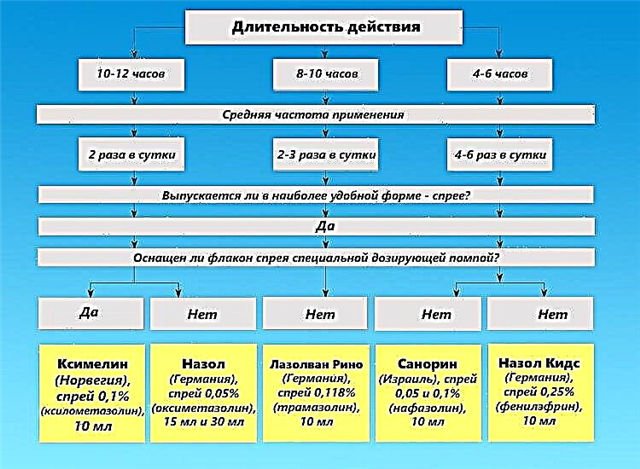Coronary artery disease is the most common cause of death in people of working age. The chronic course of angina pectoris and cardiosclerosis significantly worsens the quality of life of patients, however, the development of acute myocardial infarction is often fatal. The shape and degree of damage to the heart muscle can be different, they determine the further prognosis for the patient. Small focal infarction is one of the most favorable forms of the disease.
What is small-focal myocardial infarction
Myocardial infarction (necrosis of the muscle mass of the heart due to impaired blood circulation) does not affect the entire organ. In medical practice, a distinction is made between:
transmural infarction - all layers of the heart wall are affected, contractile function and hemodynamics are severely impaired;
- large-focal - affects a limited area in which the cells completely cease to function;
- small focal - necrosis develops in the thickness of the myocardial wall, which does not cause significant disturbances in the contraction of the heart and blood supply to organs and systems.
Dead cells in small focal infarction can be located outside the bulk of the wall (subepicardial), under the inner layer (subendocardial), or in the thickness of the wall (intramural).
The main difference between small-focal infarction is the low prevalence of the process, the formation of compensatory mechanisms of electrical activity and blood supply to neighboring tissues due to anastomoses.
In modern terminology, the concept of "small focal infarction" is replaced by "myocardial infarction without Q wave".
Features of the disease
The formation of a necrosis zone is accompanied by the development of aseptic inflammation and the ingress of mediators (biologically active substances) into the bloodstream, irritation of the autonomic nervous system.
In case of small-focal infarction, cardiac function is compensated for by intact tissues; it manifests itself in an atypical "lubricated" clinic.
Characteristic signs of myocardial infarction without Q wave:
- chest pain of less intensity than with transmural;
- pain is poorly controlled by nitroglycerin, patients compare symptoms with "prolonged episode of exertional angina";
- the duration of the attack is more than 20-30 minutes;
- temperature rise up to 38 ° С;
- acute onset of general weakness;
- shortness of breath (frequent shallow breathing more than 20 times per minute);
- sweating, pallor or cyanosis (blue discoloration) - the consequences of the activation of the autonomic nervous system;
- increased blood pressure;
- cardiopalmus.
In addition, atypical variants of the course of a heart attack without a characteristic pain syndrome are distinguished: asphyxia (begins with shortness of breath), abdominal (epigastric pain), arrhythmic and others.
Diagnostic features
The diagnosis of "myocardial infarction without Q wave" requires objective clinical examination data and additional research methods.
| Method | Signs |
|---|---|
| Electrocardiography (ECG) |
|
| General blood analysis |
|
| Laboratory markers of myocardial necrosis |
|
| Echocardiography (echo CG) |
|
| Chest x-ray |
|
| Coronary angiography |
|
The main criterion for making a diagnosis is the results of an electrocardiogram., however, myocardial infarction without a Q wave on the ECG has nonspecific manifestations, therefore, additional methods are used and clinical signs are taken into account.
Localization of damage is determined by the location of changes in the electrocardiographic leads.
Differences in treatment approaches
In the most acute stage, small-focal infarction does not cause significant hemodynamic disturbances, however, a tendency to spread of the process is considered a feature of the pathology. Therefore, the therapeutic algorithm implies the provision of emergency medical care immediately after the diagnosis is made.
Treatment principles:
relief of a painful attack (narcotic analgesics), in the absence of effect - intravenous administration of nitroglycerin;
- oxygen therapy;
- beta-blockers (Atenolol, Metoprolol) - drugs that lower blood pressure, heart rate with an antiarrhythmic effect;
- ACE inhibitors: Ramipril, Enalapril are used to prevent cardiac remodeling after a heart attack;
- anti-atherosclerotic drugs - to stabilize the plaque, which is most often the cause of impaired blood flow.
To prevent the spread of the zone of necrosis and the development of transmural infarction, methods of reperfusion (restoration of blood flow) are used:
- thrombolytic therapy - drugs that dissolve blood clots in the lumen of the coronary arteries;
- Balloon angioplasty - expansion of a blocked lumen using a high-pressure inflated balloon inserted through the radial artery;
- stenting - placing a metal frame in the area of the damaged vessel during endovascular intervention.
Percutaneous vascular manipulation is considered the gold standard in the diagnosis and treatment of acute coronary syndrome.
Conclusions
Small-focal infarction is no less dangerous form of coronary heart disease than damage to the entire thickness of the wall, therefore it requires urgent medical attention and the prevention of complications. Features of the clinical course and the specificity of diagnostics are a common cause of doctors' mistakes and the formation of heart failure in patients. The methods of treatment are the same as for large-focal acute infarction, however, the rehabilitation period in such patients is shorter, and the prognosis for life is more favorable.



